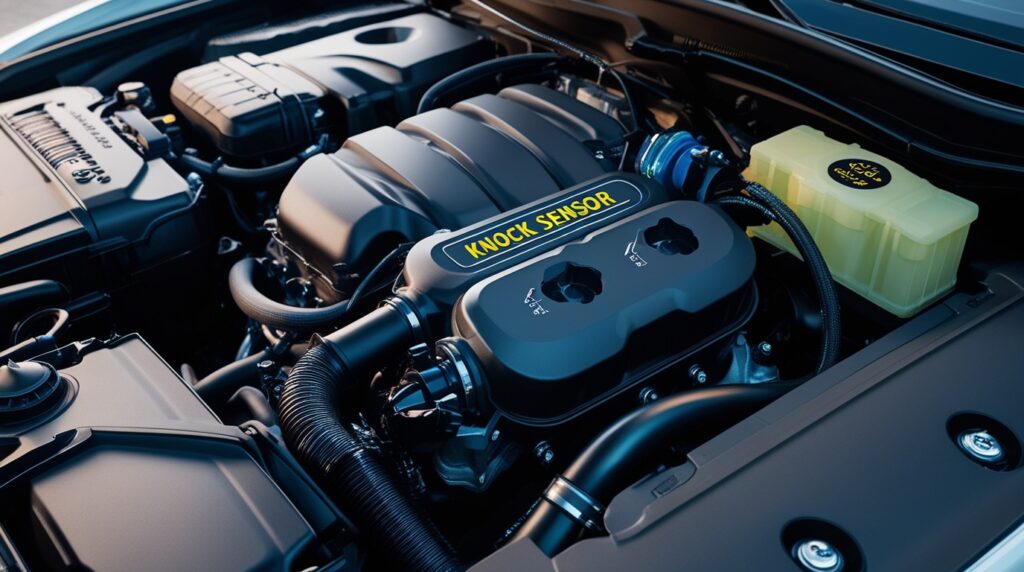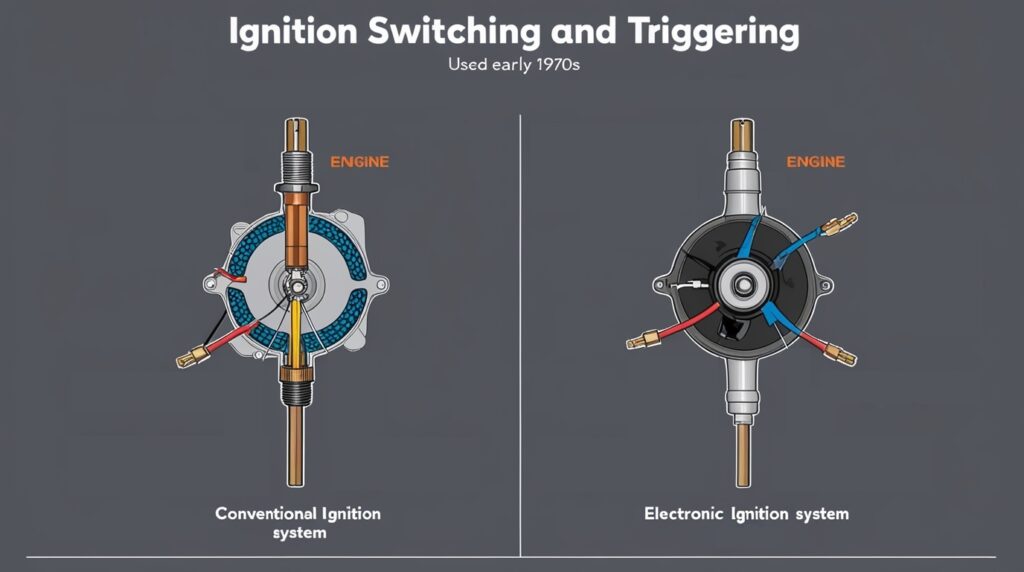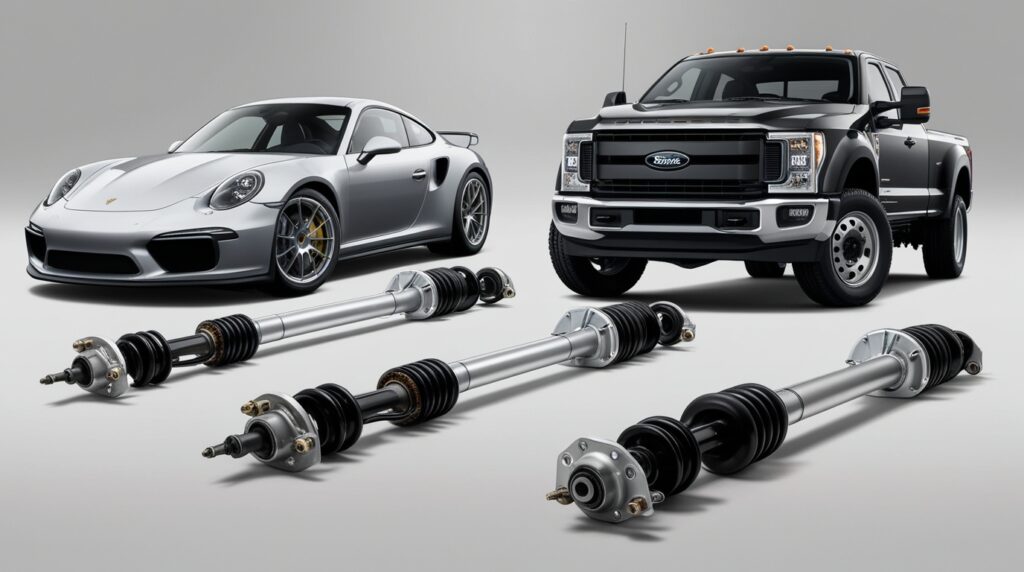Autonomous Vehicles and Future Mobility
Introduction Autonomous vehicles (AVs) are an emerging technology that promises to revolutionize transportation by enabling vehicles to operate without human intervention. These vehicles leverage advanced technologies such as artificial intelligence, machine learning, and sensor systems to navigate and make driving decisions, offering potential benefits like reduced traffic accidents, lower emissions, and enhanced mobility options for underserved populations. The evolution of Autonomous Vehicles reflects broader trends in urban mobility, where integrated, technology-driven solutions are being developed to address challenges such as congestion and environmental sustainability. The notion of AVs dates back to the early 20th century but gained significant momentum in the 21st century due to advancements in automation technology and an […]




